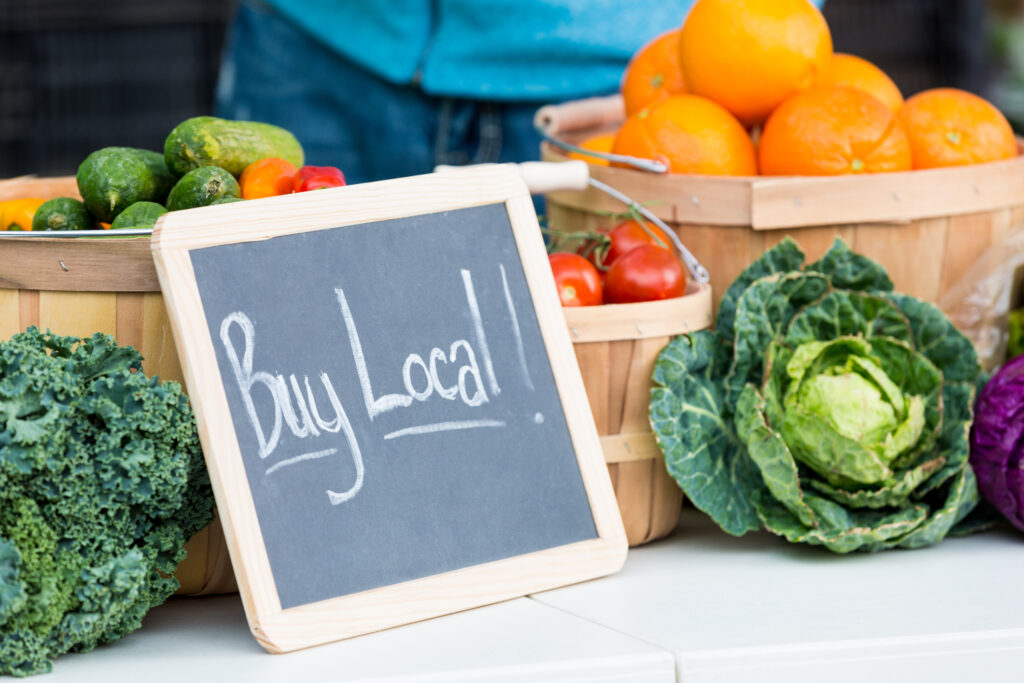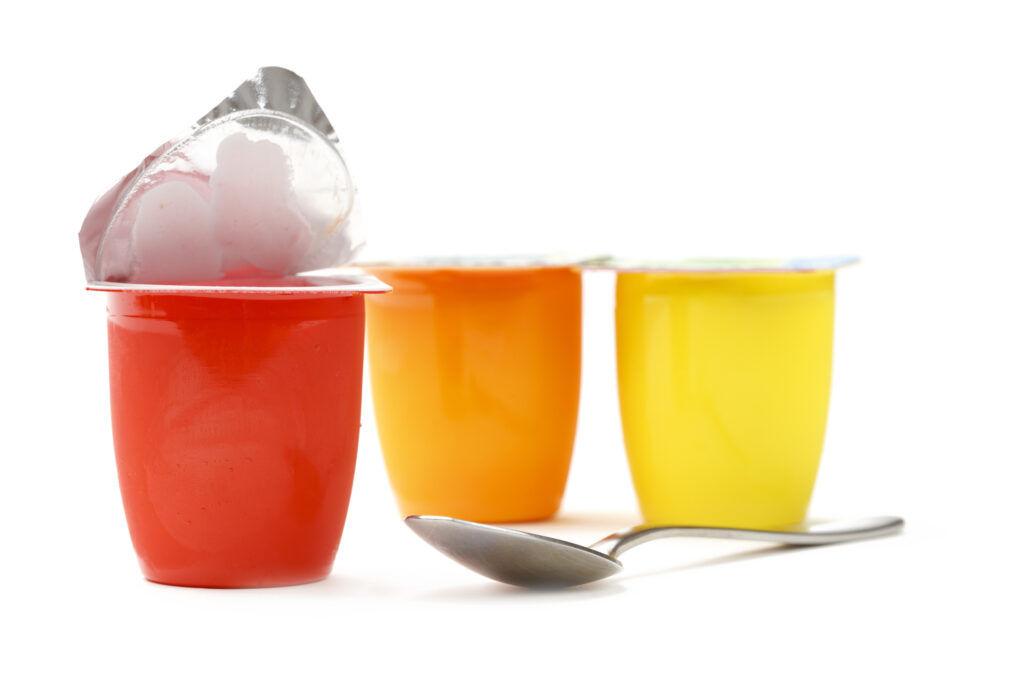Unilever is a household name and a brand most of us a probably familiar with. As a company they are committed to circular economy thinking and are continually looking at new ways to prevent their packaging ending up in landfill. As an organisation, Unilever has pledged to make 100% of packaging recyclable, reusable or compostable by 2025.
In line with this way of thinking, a brand new technology has been unveiled by Unilever which will recycle single-use plastic sachets. The type of sachets include single use toiletries and cosmetics, (for example samples you might find in magazines), and food/beverage packets (for example sauces etc). Single use toiletry sachets such as shampoo and conditioner are common and popular in developing countries where people may not be able to afford the larger bottled options.
The sachets are typically made up of a laminated film of plastic and aluminium therefore deeming them a difficult item to recycle and hence ending up in landfill (or worse in the waterways or oceans). The new recycling technology is called CreaSolv and will work by recovering the plastic from the sachet and then using this plastic to create new sachets for Unilever products (therefore aligning with the vision of the circular economy).
A pilot plant will be opened up and the technology trialled in Indonesia this year. Indonesia being a country that consumes a high number of the sachets and is estimated to produce 64 million tonnes of waste per year – with 1.3 tonnes ending up in the ocean.
While these types of plastic sachets may not be as prevalent in Australia as in some developing countries it does bring to light the issue of packaging once again and how important it is to consider the impact packaging has on the environment.
Here are six things to consider packaging wise when making your next purchase:
1. Buy the larger container or in bulk if possible. It might sound obvious but the larger the container, the longer it will last (more convenient) and it is usually the more economical way to purchase. After you have finished with your product, can you reuse the container in anyway?
2. Buy locally made products if possible. By avoiding aircraft and minimising road transportation, means fewer kilometres traveled and therefore fewer transport related emissions.
 3. Check out what the packaging is made of. Has it got a recycling code on it?
3. Check out what the packaging is made of. Has it got a recycling code on it?
4. Choose lighter packs that use less material (less resources are used).
5. Avoid buying single use products and instead opt for bulk alternatives. For example, a single use microwave rice could be replaced with a large packet of rice that will last for many servings (or better yet take a container into a bulk supermarket and fill with rice). Instead of buying individual yoghurt pots, purchase a large tub and decant as needed.
 6. If you are purchasing single use pouches for children’s snacks, consider buying the Whole Kids range which can be recycled through a Terracycle programme.
6. If you are purchasing single use pouches for children’s snacks, consider buying the Whole Kids range which can be recycled through a Terracycle programme.
In the workplace if you have any type of packaging in bulk that you are currently throwing away in your general waste, please contact us to see if it could be recycled. KS Environmental have many waste management solutions available and are abreast with new recycling technologies emerging in Australia.
